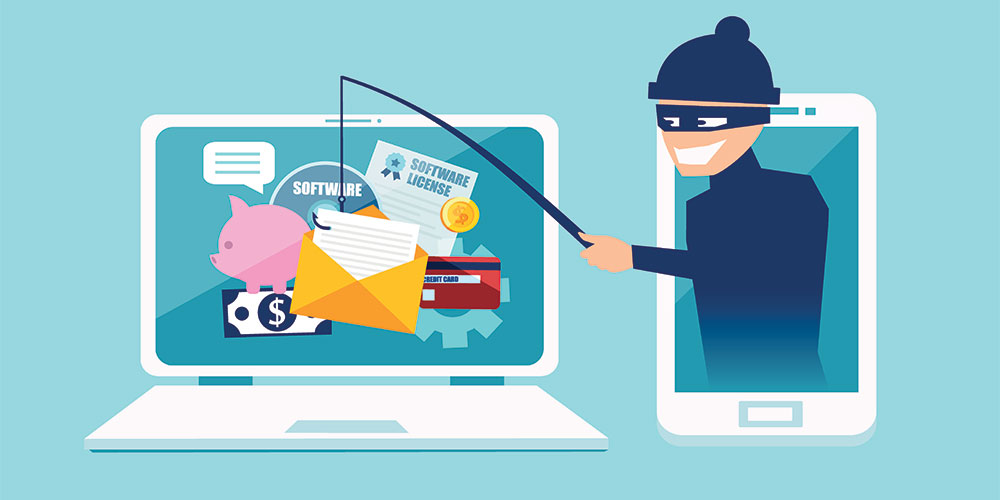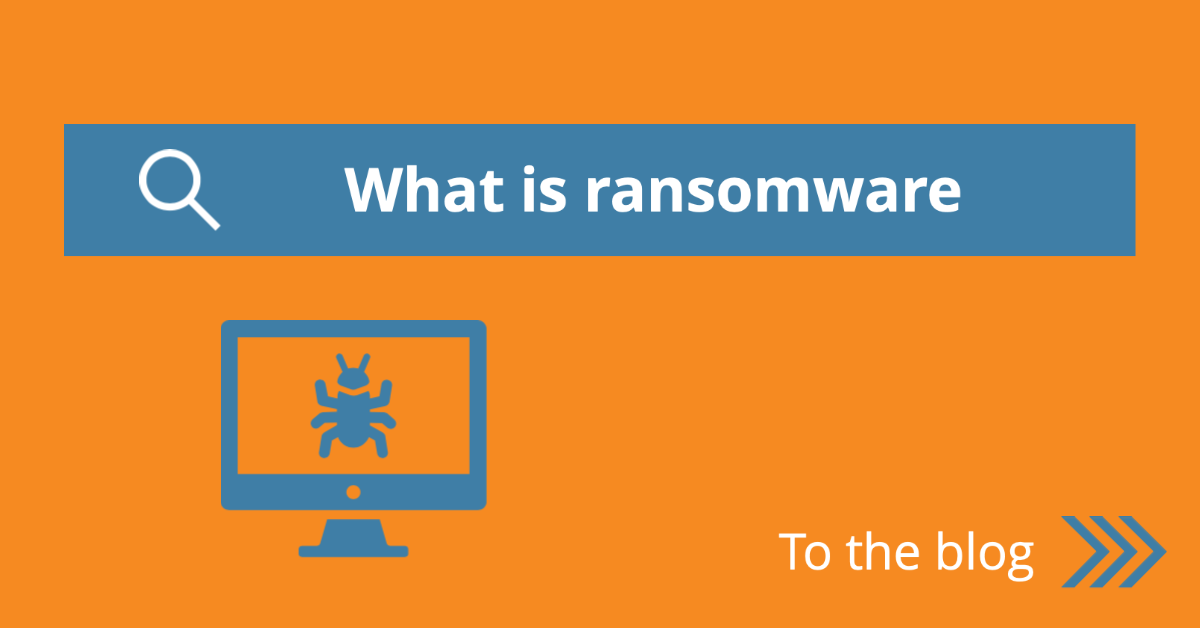As you may have seen in the news recently, ransomware can be a very time-consuming and expensive threat. Luckily, there are steps to take that can help prevent these cyberattacks. Here’s everything you need to know about the menacing malware.
What is ransomware?
Ransomware is a file-encrypting malware where your files, databases, and applications are held hostage by the attacker. Once the data is compromised, the only way to regain access is to pay the ransom amount demanded by the cybercriminal.
Today’s ransomware attacks are often designed to spread over an entire network or database, which can quickly immobilize an entire organization.
The attackers will often give a short window of time in which they demand the ransom amount, or else your files could be lost forever.
No one wants to spend the time or money dealing with these cybercriminals, so here are a few key causes of these attacks to be aware of.
How does a ransomware attack happen?
There are multiple different ways that these attackers can get access to your files. One of the most common ways to be compromised is through phishing emails.
Phishing emails appear to contain files you can trust, however, once they’re downloaded and opened – it’s too late. The same goes for malicious links in these seemingly legitimate emails – once they are clicked, it’s downhill from there.
The extremely short amount of time it takes to open one of these phishing emails is the same amount of time in which the attacker can access your files and lock you out.
**Learn more about how to spot a phishing email in this article.

How to help prevent a ransomware attack:
There are a couple of different steps you can take to help protect your organization from being compromised by a ransomware attack.
- Back up your files frequently & automatically and store a copy offsite so you can recover without paying a ransom.
- Keep your systems patched & up-to-date to decrease the vulnerabilities in software/operating systems.
- Teach your team how to spot potential threats like phishing emails so they can participate in your organization’s defense
- Invest in a robust anti-virus solution that can prevent known threats and detect more sophisticated unknown ones.
While none of these tips can completely eliminate the threat of ransomware, they can greatly decrease the risk and help in the recovery process if there were to be an attack.
For more information regarding our cybersecurity services that can help protect your organization, check out our website here. We’re here to help!


